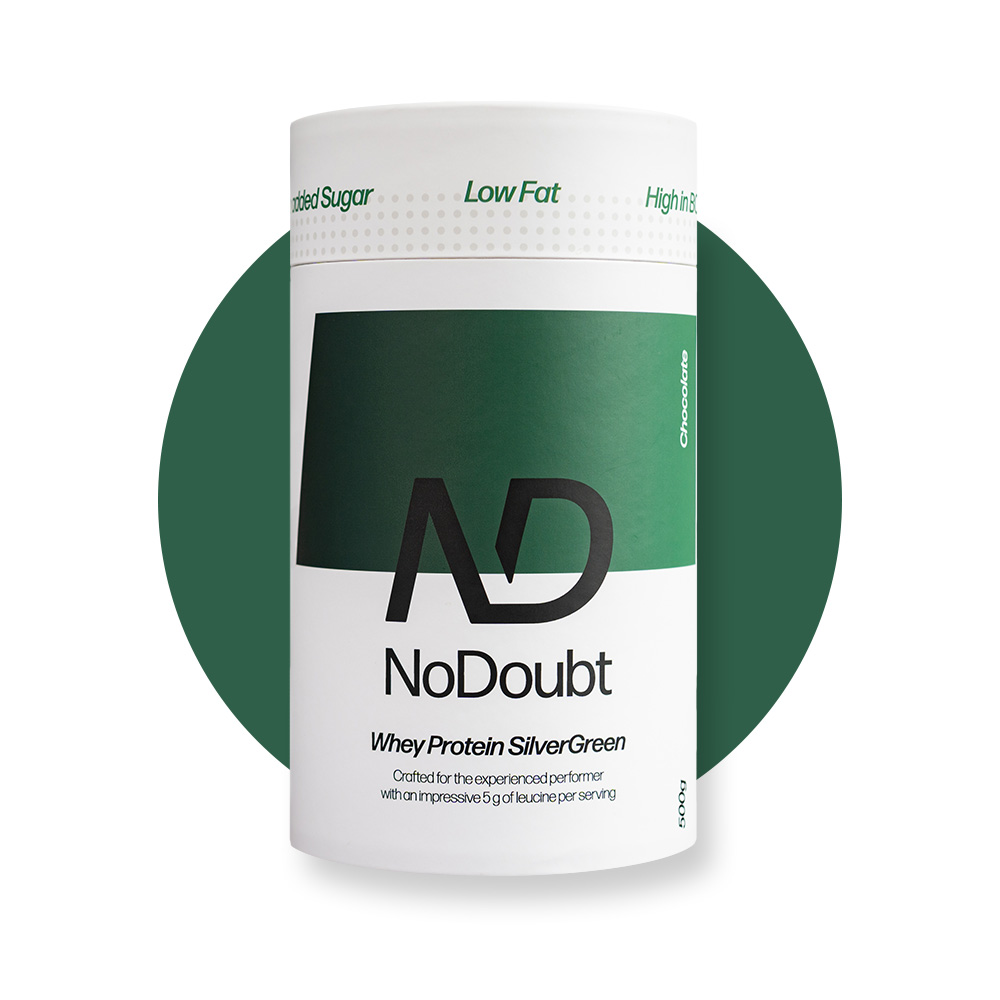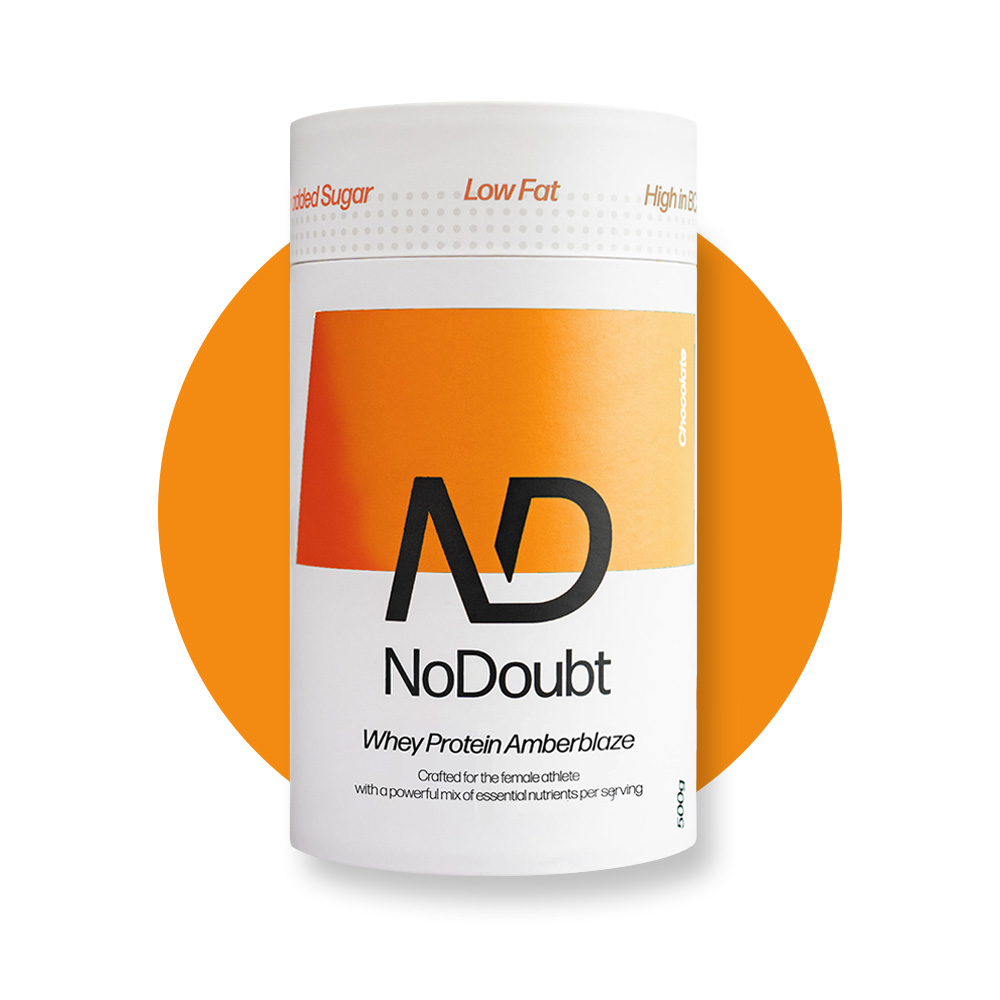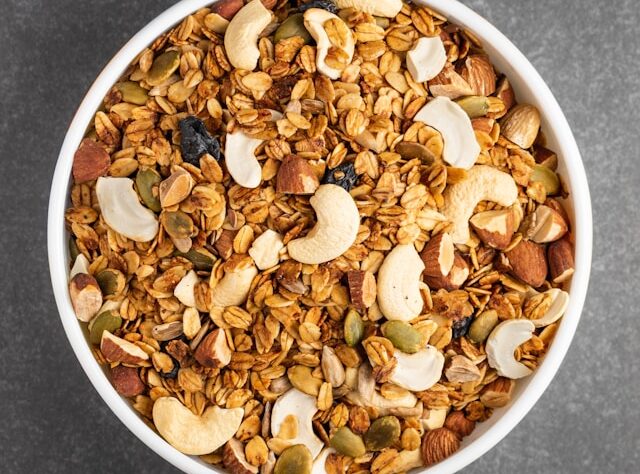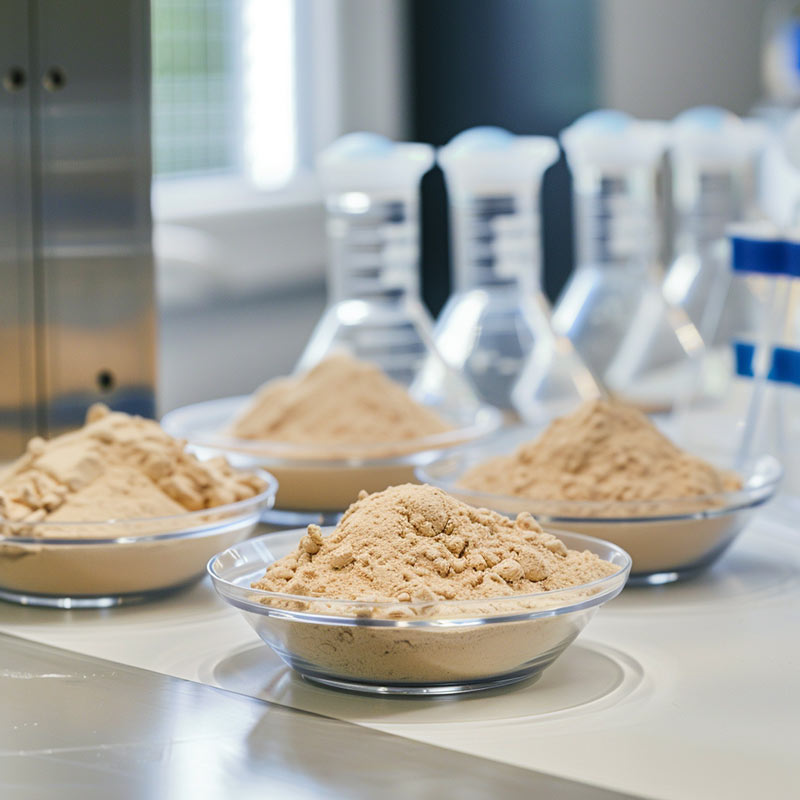Fat or Carbohydrates – How Your Body Decides What to Burn
In Part 3 of our Clarissa’s Ride or Die – How to… series, you’ll discover how your metabolism actually works – and how you can influence whether your body burns fat or carbohydrates.
With us again: Clarissa and her epic 1000 km ride without any external support – a real-world energy experiment.
Part 3 of the Series: Ride or Die with Clarissa – 1000 km from Basel to Barcelona
How does your body decide whether to burn fat or carbohydrates? At first glance, this sounds like a purely scientific question – but in reality, it can make or break your performance in ultra-events.
Our athlete Clarissa found out the answer firsthand.
The solution:
She trained her fat metabolism with intention.
Today’s focus:
When does your body prefer to burn fat or carbohydrates – and how can you influence this choice?
Who is Clarissa?
In Part 1 of our Ride or Die – How to… series, we introduced her unbelievable achievement:
1000 kilometers – from Basel to Barcelona in 3.5 days.
No help. No money. No support.
No hotels. No cafés. No food stops.
Clarissa wasn’t allowed to accept anything – no water, no food, no shelter. Everything she needed had to be packed in advance or found along the way.
She slept outdoors – in forests, on benches, or beside her bike.
Her goal: push through, learn, and experience everything fully – with total self-reliance.
This wasn’t just an adventure – it was a full-body, full-mind metabolic stress test.
👉 Read Part 1 here
How your body fuels movement: Fat or Carbohydrates?
Whenever you move – whether casually or at high intensity – your body relies on two key fuel sources:
1. Carbohydrates (muscle glycogen & blood glucose)
- Fast energy
- Best for high-intensity efforts
- ❗ Limited storage: lasts ~90–180 minutes
2. Fats (fatty acids from adipose tissue & muscles)
- Abundant supply
- Best for low to moderate intensity
- ❗ Requires more oxygen and slower conversion
🧠 Carbs = Turbo
🧠 Fat = Diesel for the long haul
Being able to switch between fat or carbohydrates – known as metabolic flexibility – is a key factor in endurance performance.
When does your body use fat or carbohydrates for energy?
There are four main physiological factors:
1. How intensity affects your fuel source
- <50 % VO₂max → Almost entirely fat
- 50–70 % VO₂max → Mixed fat and carbs
- >70 % VO₂max → Primarily carbohydrates
Why?
While fat yields more energy per gram, it’s slower. In high-intensity situations, your body needs instant energy – and that means carbs.
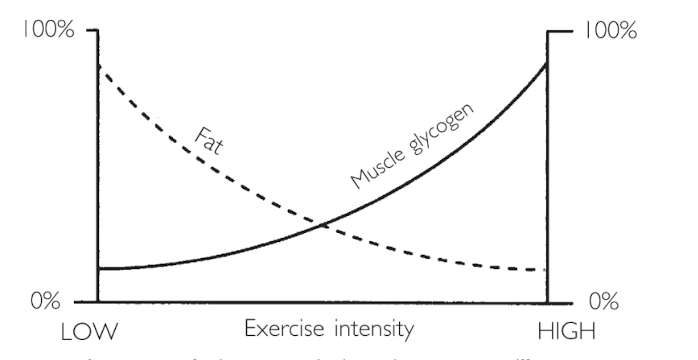
2. How exercise duration shifts the energy mix
The longer your effort, the more glycogen you burn. Eventually, your body relies increasingly on fat reserves.
Goal: Conserve glycogen, increase fat usage.
3. How your training status affects fat burning
Well-trained athletes burn more fat efficiently because they:
- Have more mitochondria (the cell’s powerhouses)
- Activate more fat-burning enzymes
- Delay switching to carbs
👉 You can train this through consistent low to moderate-intensity sessions.
4. How nutrition influences your fuel use
- Carb-loading → Promotes carb-based metabolism
👉 Learn more about carb-loading here - Low-carb or fasted training → Enhances fat oxidation
Research shows that strategies like “Train Low” (Burke et al., 2022; Jeukendrup, 2023) significantly improve the body’s ability to burn fat.
📎 More on fat metabolism in women here
How to train your fat metabolism – 4 actionable tips
1. Train in Zone 2 regularly
→ 60–70 % of your max heart rate
→ Easy pace = optimal fat burning
2. Do 1–2 low-carb sessions per week
→ 60–90 min in the morning before breakfast
→ Consider a protein shake instead of carbs – preserves muscle and lowers cortisol
→ Important: No intervals – keep it low and steady!
3. Know your personal zones
→ Ideally through spirometry testing
→ You’ll discover when you burn fat vs. carbs most efficiently
💡 On a budget?
Try the Engine Check from Swiss Cycling – simple, effective, affordable.
👉 Here’s how it works
4. Listen to your body
→ Can you still talk easily? → You’re burning fat
→ Breathing heavily? → You’re burning carbs
Conclusion – Why Fat Burning Is Your Endurance Superpower
Whether you’re racing ultra distances, bikepacking, or just riding longer:
Your ability to burn fat instead of carbohydrates is key to long-term performance and energy stability.
It’s not about cutting carbs – it’s about making your metabolism flexible and resilient.
Fat for the journey. Carbs for the boost.
Just like Clarissa.
And just like you – with the right training and metabolic awareness.
Previous parts of the series:
Part 1: Ride or Die
👉 Why female athletes should (and must) train fat oxidation
Read now
Part 2: Hydration in Sport
👉 Balancing thirst, performance, and risk
Go to article
Protein for Active People over 40:
NoDoubt SilverGreen
From the age of 30, our body undergoes natural changes that affect our fitness and health. Muscle mass decreases, especially in the 40s, and muscle regeneration slows down considerably. This leads to a decline in your strength and performance.
Discover solutions that enable you to counteract muscle loss at an early stage and maximize your performance from the age of 40.
Proteins for Women Under 40:
NoDoubt AmberBlaze
Women have long been neglected in sports science. The female cycle was seen as a disruptive factor, which meant that recommendations were often based on male needs and ignored the specific requirements of women.
Discover solutions that tackle nutrient deficiencies from the ground up and maximize female performance.
